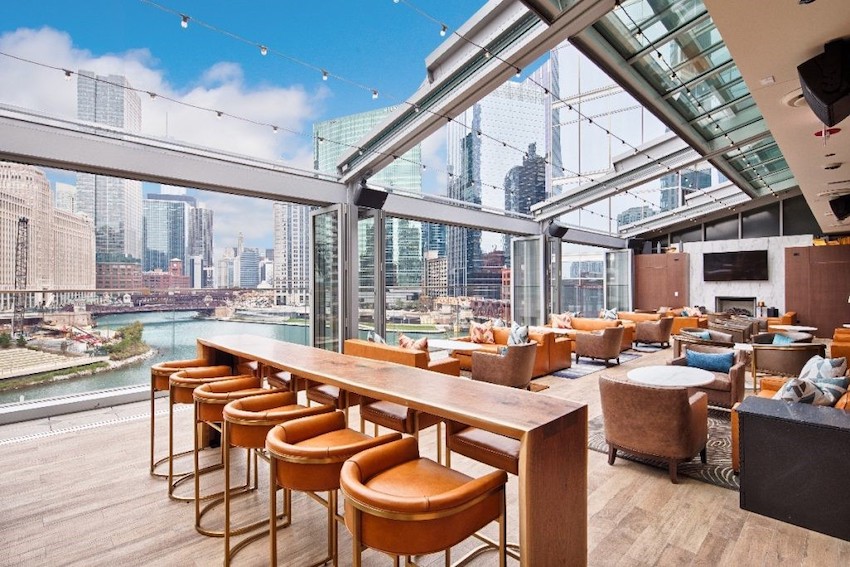Retractable Roofs: A Sustainable Solution
Learning Objectives:
- Explain what retractable roofs are and enumerate their applications for both new and existing buildings.
- Describe how retractable roofs can save energy through daylighting and reduced reliance on mechanical ventilation.
- Discuss how retractable roofs can reduce the carbon footprint and lifecycle operational costs of a building.
- Describe how retractable roofs contribute to the health, safety, and well-being of building occupants.
- Assess how a retractable roof can facilitate natural ventilation and potentially reduce the load of airborne disease pathogens.
Credits:
This course is approved as a Structured Course
This course can be self-reported to the AANB, as per their CE Guidelines
Approved for structured learning
Approved for Core Learning
This course can be self-reported to the NLAA
Course may qualify for Learning Hours with NWTAA
Course eligible for OAA Learning Hours
This course is approved as a core course
This course can be self-reported for Learning Units to the Architectural Institute of British Columbia
A motorized or manual retractable roof, wall, or floor refers to any type of structure where a portion can be moved or retracted to reveal the remainder of the space. A common misconception is that retractable roofs are only used for aquatic centers when in fact, the range of applications is far broader. In fact, retractable roofs are an ideal solution for many building types, and a key strategy for creating green buildings, whether new or existing. A retractable roof transforms an indoor space to an outdoor space with the push of a button. Retractable roofs promote the extensive use of daylighting and natural ventilation. Not only does this save significant amounts of energy, it contributes to the health and well-being of building occupants. A well-ventilated space is desirable for reducing the risk of airborne disease transmission. In this time of COVID-19, a retractable roof can help building managers provide spaces that feel healthy and safe.

Photo courtesy of OpenAire
Gibsons Italia at River Point Tower, Chicago

|
Nancy Patterson is a business leader who has worked in commercial entertainment development field for over 20 years, working with multiple clients in North America, Europe, Asia and the Middle East. Her role involves building client, market and sales opportunities through a combination of business development and design expertise. As the Director of Design & Business Development for OpenAire, Nancy’s expertise and networking skills, allow her to align architects, developers and project owners the right solution to benefit their market and venue. In addition to serving as Business Development Director across a successful project portfolio of companies, projects and clients, day-to-day, Nancy also leads the strategic growth and development of corporate undertakings including; new sales, marketing and new business ventures/alliances. |















